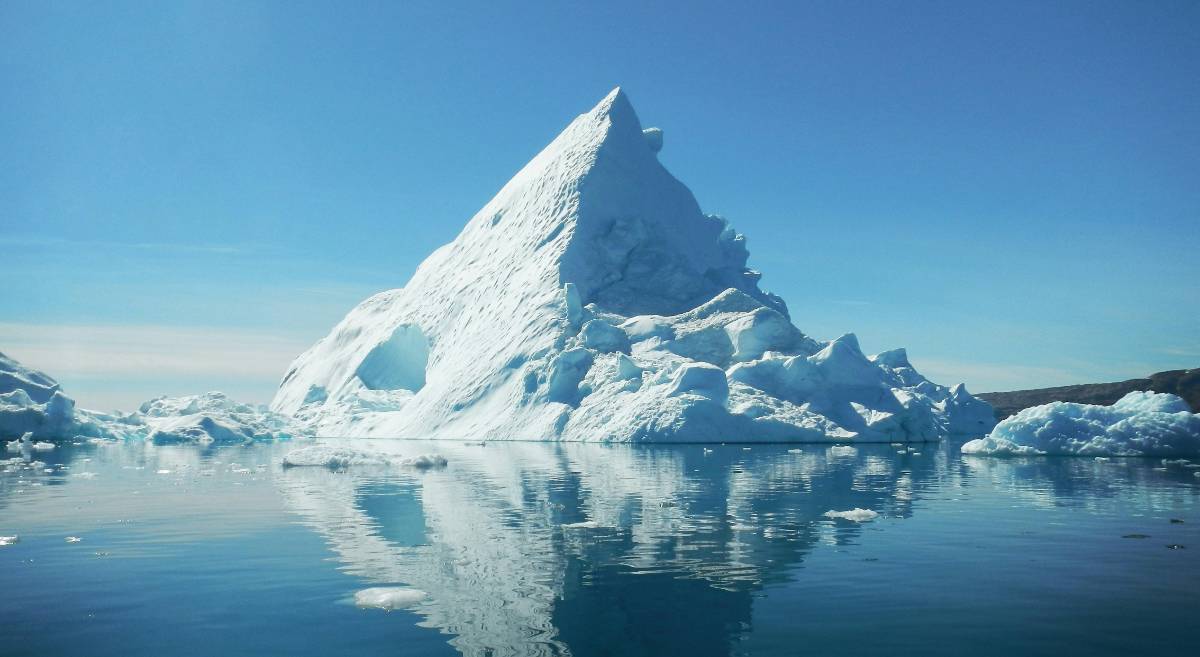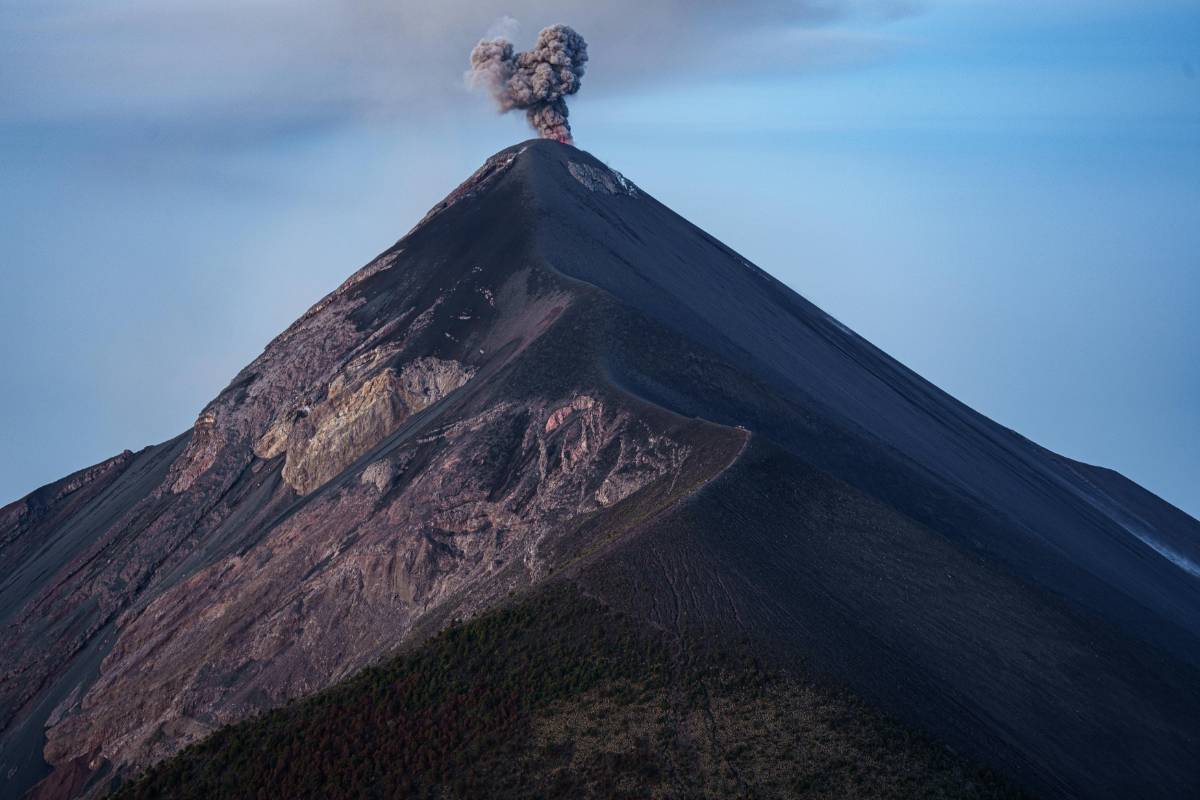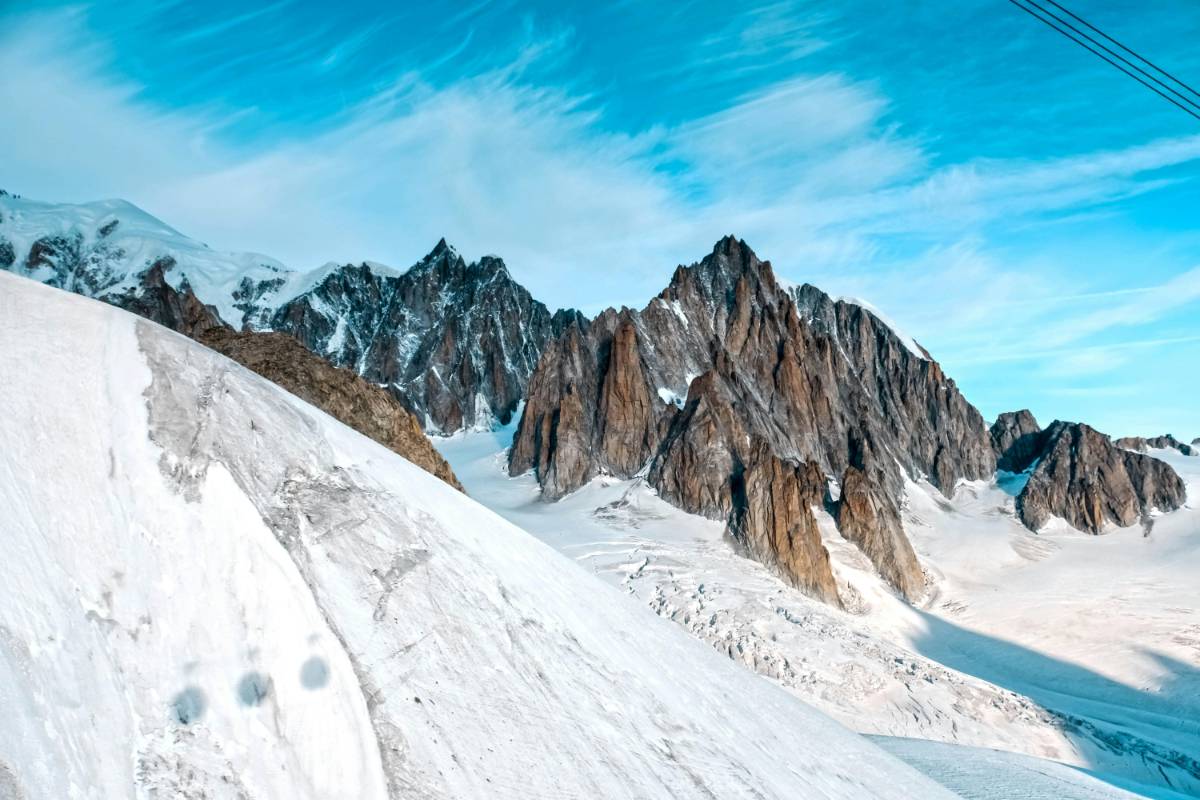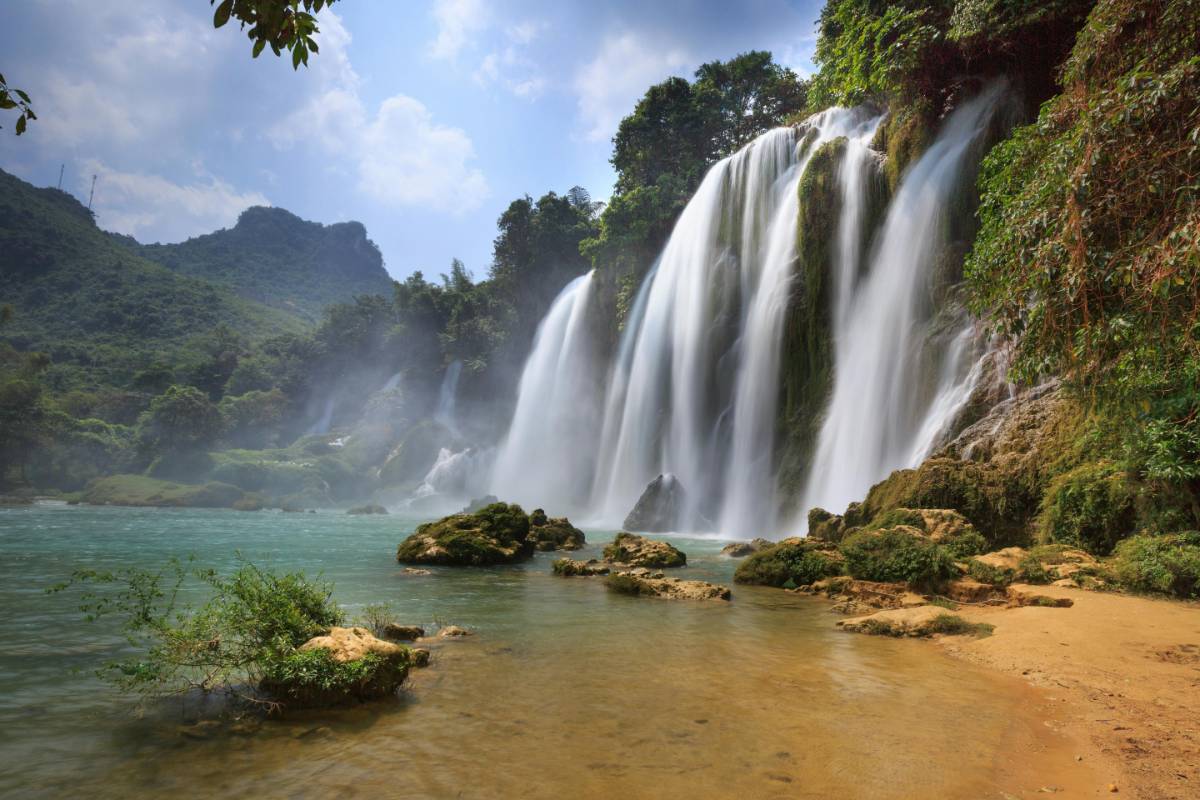Volcanoes, Glaciers, and Deserts: The World’s Most Extreme Landscapes
18 Sep 2025
Read Time: 3 min read

The Earth’s most extreme landscapes, from active volcanoes to frozen glaciers and vast deserts, offer a unique and awe-inspiring view of our planet's raw power. These landscapes, shaped by natural forces over millions of years, challenge the boundaries of life and weather. Here's a closer look at some of the world's most extreme landscapes.
 Volcanoes: Nature’s Explosive Power
Volcanoes: Nature’s Explosive PowerVolcanoes are one of the Earth’s most dramatic features, created when molten rock from the Earth's interior escapes through cracks in the surface. They are found all over the world, with the most active volcanoes situated along the Pacific Ring of Fire.
These volcanic landscapes are characterized by fiery eruptions, lava flows, and volcanic ash that can reshape the environment in an instant. Some of the world’s most famous volcanoes include Mount Vesuvius in Italy, Mount St. Helens in the United States, and the active Kilauea in Hawaii.
Though they can be dangerous, volcanoes also provide fertile soils, making them ideal locations for agriculture. The unique landscapes surrounding volcanoes, such as crater lakes and lava fields, attract tourists from around the globe.
Glaciers: Frozen Giants of the EarthGlaciers are vast rivers of ice that slowly carve out valleys and shape the landscape over thousands of years. These frozen giants can be found in polar regions, high mountains, and even temperate zones.
Antarctica and Greenland are home to some of the largest glaciers in the world, but other notable glaciers include those in the Himalayas, the Alps, and Patagonia. Glaciers are constantly moving and reshaping the land as they advance or retreat.
The harsh, icy environment around glaciers can make for an extreme landscape, where temperatures can plummet below freezing. However, these areas also offer breathtaking scenery, including towering icebergs, icy blue lakes, and dramatic fjords.

Deserts are some of the hottest, driest, and most desolate landscapes on Earth. They are characterized by minimal rainfall, vast stretches of sand, and scorching temperatures. Deserts can be found on every continent, from the Sahara in Africa to the Atacama in Chile and the Mojave in the United States.
Despite their harsh conditions, deserts are home to a surprising variety of plant and animal life that have adapted to the extreme temperatures and limited water. The ever-shifting sand dunes of the Sahara are among the most iconic desert landscapes, while the salt flats of Bolivia's Salar de Uyuni are one of the largest and most surreal landscapes in the world.
The extreme beauty of deserts lies in their vast emptiness, the sharp contrasts between day and night temperatures, and the way the landscape changes with the wind and weather patterns.
💡 Discover More from Travel
Life in extreme landscapes like volcanoes, glaciers, and deserts can be incredibly challenging. The conditions are often inhospitable, with extreme temperatures, limited water, and unpredictable weather. However, certain species of animals, plants, and even humans have learned to adapt to these environments.
In volcanoes, for example, certain plants and bacteria thrive in the nutrient-rich ash and lava. In glaciers, animals like polar bears and penguins have evolved to withstand freezing temperatures. In deserts, plants such as cacti store water, and animals like camels can survive without water for long periods.
How to Experience These Extreme LandscapesTraveling to these extreme landscapes requires careful planning and preparation. Volcanoes, glaciers, and deserts can be dangerous, and conditions can change quickly. It’s important to go with a knowledgeable guide and to take the necessary precautions to ensure your safety.
In volcanic areas, always be aware of local eruption warnings and follow safety protocols. When visiting glaciers, make sure to dress in layers and protect yourself from frostbite. In deserts, it’s essential to stay hydrated, wear protective clothing, and avoid traveling during the hottest parts of the day.
ConclusionVolcanoes, glaciers, and deserts represent the Earth’s most extreme landscapes, where natural forces shape the land and create some of the planet’s most awe-inspiring views. While these environments can be harsh and unforgiving, they offer a rare opportunity to witness the raw power and beauty of nature. Whether you’re an adventurer or simply an admirer of nature’s wonders, visiting these extreme landscapes is a journey that will leave you in awe of the Earth’s natural beauty.
Stay Informed
Get the latest and most accurate news delivered straight to your inbox. Subscribe now and never miss an update.

Rajat Sen
An insightful voice in the industry, crafting content that informs, inspires, and connects with readers.
View all articles →Continue Reading

Hollywood
Hollywood's Dual Challenge: Unveiling the Impact of Labor Unrest and Technological Transformation on Movies and TV Shows
By James Carter
09 Aug 2024

Social-Media
How to Use Data to Choose the Right Influencers for Your Brand
By James Carter
27 Jun 2025

Social-Media
The Untold Story of How Brands are Leveraging Influencers to Sell Out in Minutes
By Olivia Mitchell
15 Jul 2025














